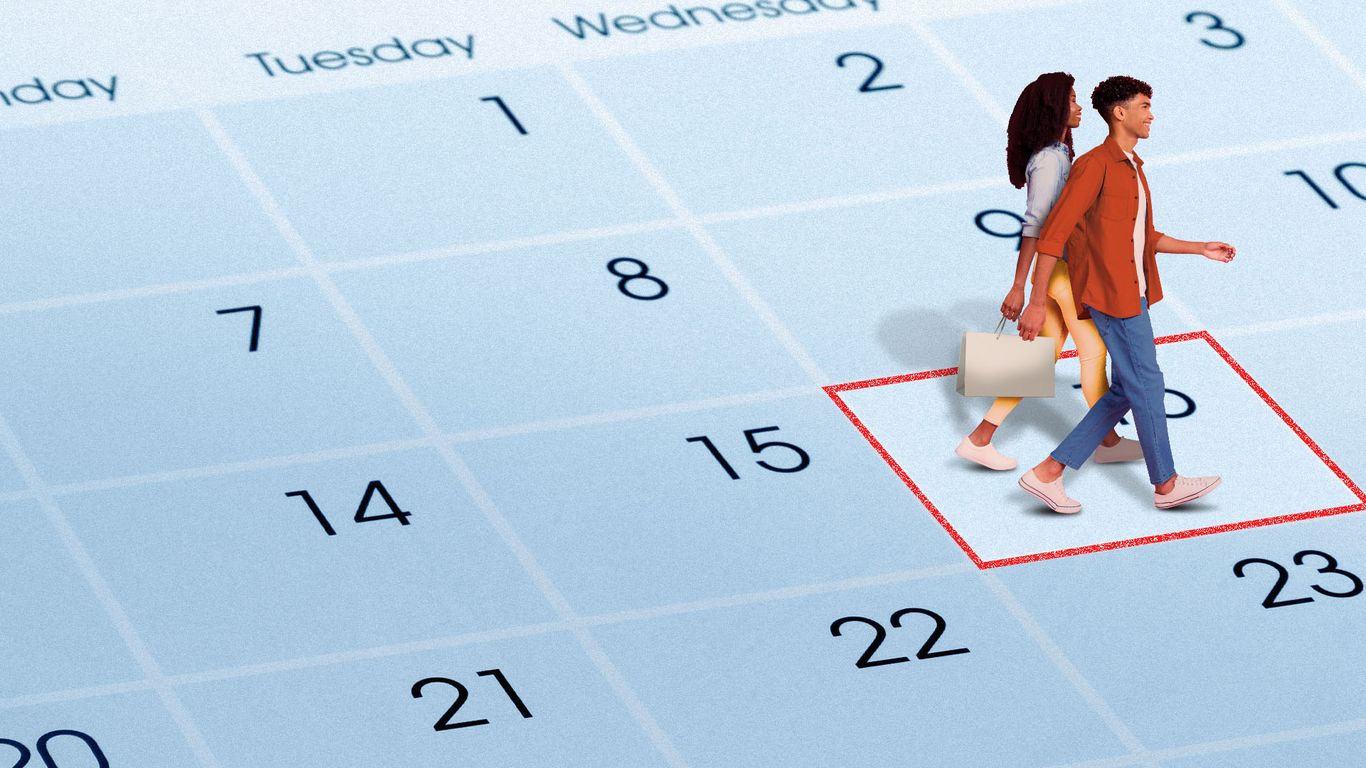
""By the numbers: NRF is forecasting total sales will increase 3.7% to 4.2% from 2024. Consumers plan to spend an average of $890.49 per person on holiday gifts, food and decor - the second-highest in 23 years of NRF tracking. Retailers are expected to add 265,000 to 365,000 workers, down from 442,000 in 2024. State of play: Retailers started rolling out seasonal deals in October, continuing the recent trend of "holiday creep." NRF leaders said shoppers remain price-conscious, trading down to cheaper brands but still spending on gifts for family and friends. NRF president and CEO Matthew Shay said retailers have worked "very aggressively" to avoid passing price increases on to consumers, absorbing higher costs and finding efficiencies "to protect lower-income shoppers.""
""Consumers are being much more price sensitive," Shay said, noting many are "trading down, looking for less expensive options, trying to find value wherever they can find it." "The higher income consumers really are powering the economy, and they've got the ability to devote more of their disposable income to discretionary spending," Shay said, "and lower income households obviously have to devote a higher proportion of their monthly income to necessities." Shay said NRF is "bullish about spending this holiday season," adding "people save for it, they plan for it, they prioritize it and we think that that's going to happen.""
NRF forecasts total holiday sales to increase 3.7%–4.2% from 2024, with consumers planning to spend an average $890.49 per person on gifts, food and decor. Retailers are expected to add 265,000 to 365,000 seasonal workers, down from 442,000 in 2024. Retailers began rolling out seasonal deals in October, continuing a trend of holiday creep. Shoppers remain price-conscious, trading down to cheaper brands while still purchasing gifts for family and friends. Retailers are absorbing higher costs and finding efficiencies to avoid passing price increases to consumers, even as consumer confidence stays near a 50-year low.
Read at Axios
Unable to calculate read time
Collection
[
|
...
]